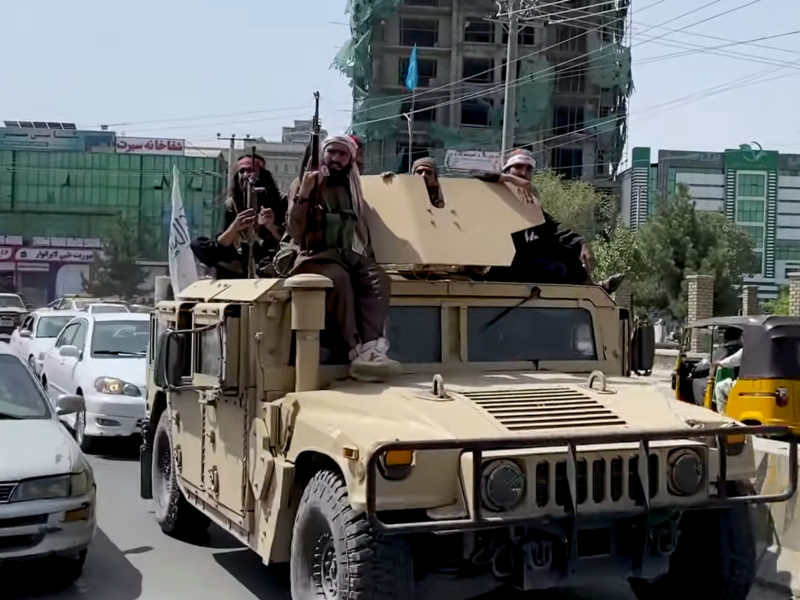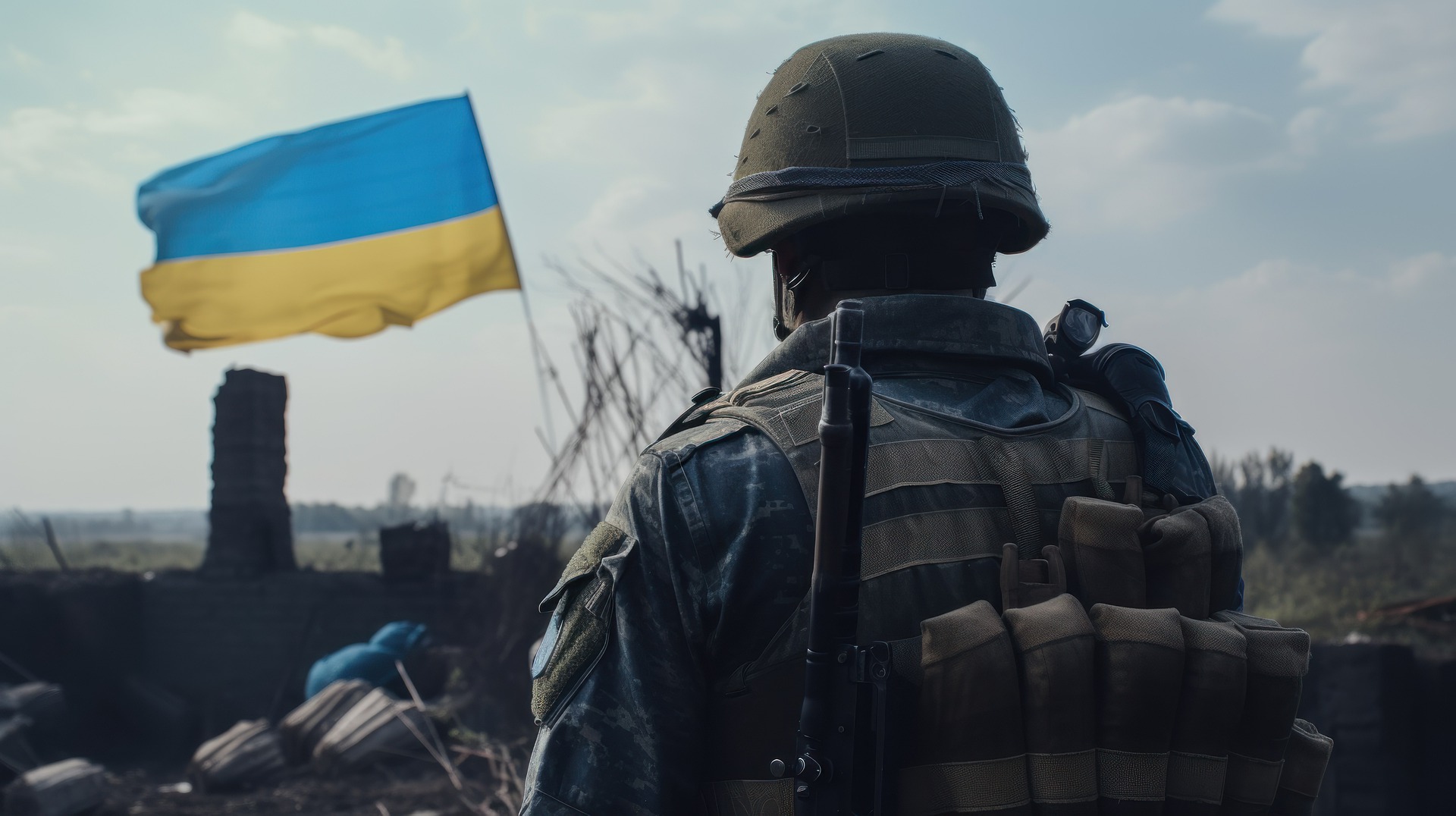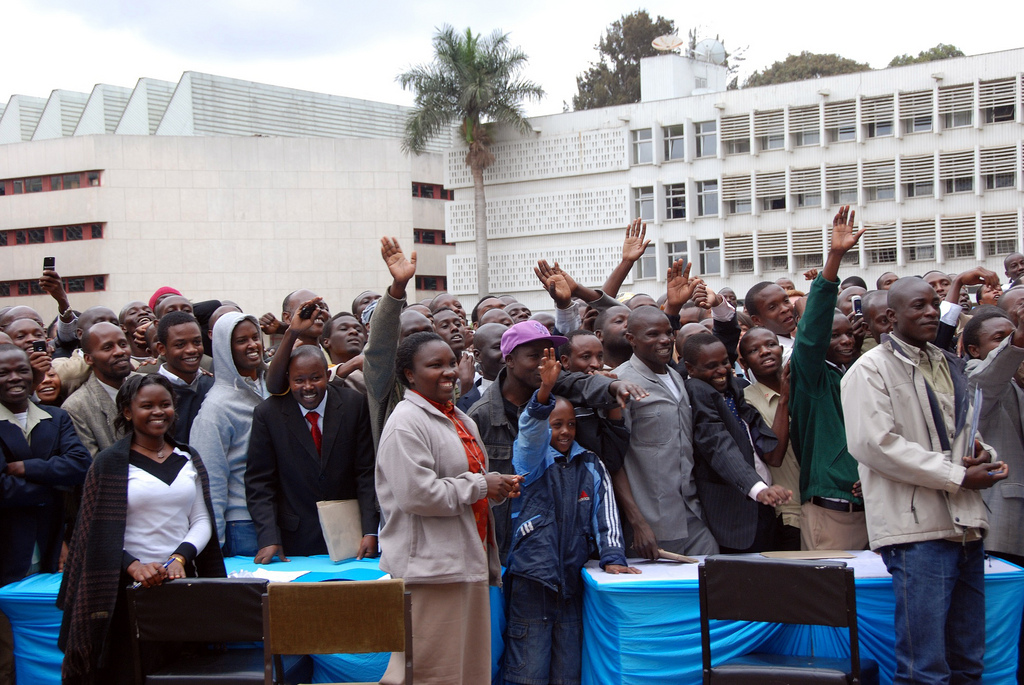Guest post by Adam Wunische
General Mark Miley, testifying before the House Armed Services Committee about the US withdrawal from Afghanistan and subsequent collapse of the Afghan government, said: “I think the end state would have been the same no matter when you [withdrew US forces].” The US’s 20-year armed statebuilding operation in Afghanistan is estimated to have cost $2.313 trillion and many thousands of lives—more than 6,000 US military and contract personnel, and over 64,000 partner Afghan security personnel were killed. But in the end, Kabul fell only nine days after the Taliban’s capture of its first provincial capital.
Most US armed statebuilding operations over the past 124 years have failed, according to a methodology developed by Paul Miller. The current success rate is one for nine if you exclude the post-World War II cases—five for thirteen if you do include them.
Why are some armed attempts at statebuilding successful, while others are not?
Academic research suggests there are two primary factors that influence the success of armed statebuilding. The first is what academics call selection bias. States most often chosen for an intervention and subsequent statebuilding operation are chosen because of their long-standing fragility. Afghanistan is an obvious example, but Vietnam was also fragile and unable to suppress a communist insurgency; the US operation in Nicaragua in 1927 was prompted by a civil war that started the year prior; and the US operation in Haiti in 1915 followed years of socioeconomic instability and the assassination of the Haitian president. The World War II cases—think Germany and Japan—are outliers because they were strong states to begin with, and required statebuilding because they lost a war, not because they were fragile.
The second set of factors that explain why statebuilding often doesn’t work are preexisting structural constraints, which can undermine such statebuilding operations even if choices and strategies are appropriately selected and applied. Diverse societies and rough terrain, for example, favor insurgencies by giving violent non-state actors social and physical cover. Economic underdevelopment and little previous experiences with democracy make liberalizing policies either highly disruptive or unable to find the necessary footing to stand on. The interests of local leaders and the intervening power almost always diverge. And local populations almost always resent foreign occupations, and are unlikely to buy-in to the new system. Finally, the intervenor’s desire for quick results can undermine the statebuilding process, which has taken some countries several centuries to achieve.
So what, then, was different about the post-World War II cases and why have those experiences not been replicated?
Statebuilding was initiated in Japan and Germany after World War II because those countries themselves had initiated global war. They were statebuilding cases because they lost but were powerful states before losing. In contrast, nearly every statebuilding attempt since World War II has been initiated precisely because the countries are weak and failing and pose risks, like transnational terrorism or the fear of the spread of communist rule during the Cold War. In other words, the states targeted for armed statebuilding before and since World War II are inherently difficult states to rebuild in the first place, and therefore make armed statebuilding operations difficult and costly.
Some scholars have argued that the rise of US-China competition and Russian assertiveness will tempt these powers to engage in armed statebuilding operations. If states choose to initiate armed statebuilding operations, similar structural constraints will likely make any operation difficult, long, and expensive. An operation in Ukraine, for example, would likely be costly and difficult. While the common cause of countering Russia would likely align interests between locals and the external power, analysts have identified several factors, such as long-standing corruption, that make the Ukrainian state chronically weak. Myanmar is slipping back into civil war, but any armed statebuilding operation there would be limited by the country’s extraordinarily diverse society, which is deeply divided by decades of civil conflict.
Taiwan could potentially be a successful case. It is developed, mostly homogonous, and has a strong state and society with a unique national identity independent from the mainland. Of course, like the post-World War II cases, Taiwan would only need such assistance if it was destroyed or devastated, most likely through interstate war. Thus, the choice to intervene would largely be determined by complex international forces, the choices of other states whether to initiate war at all, and the ultimate result of that war.
Armed statebuilding operations are rarely successful. Lessons from scholarship suggest that statebuilding is only likely to be successful in rare cases where the state was previously strong. States can still pursue their interests in fragile or failing states but need to moderate their expectations of what and how much can be achieved. States would face fewer constraints if they pursued a strategy of strengthening a local partner that is already pursuing similar interests—assuming such a partner exists—and limiting overreliance on military force in favor of diplomacy and economic incentives and tools.
Adam Wunische is an instructor at George Washington University and a military analyst for the US Government. Previously he was a researcher for the Quincy Institute for Responsible Statecraft and was a Sergeant in the US Army, completing two deployments to Afghanistan.








1 comment
The state-building effort in Vietnam failed because first the French and then the US attempted to build a regime that the overwhelming majority of the peasantry were hostile to. The Saigon regime was a bunch of corrupt generals and extractive landlords, overwhelmingly Catholic and French-educated. When you “defend freedom” by the wholesale relocation of people into strategic hamlets to prevent their supporting guerrilla forces they’d otherwise support, you’re pretty much doomed as soon as your military forces pull out.